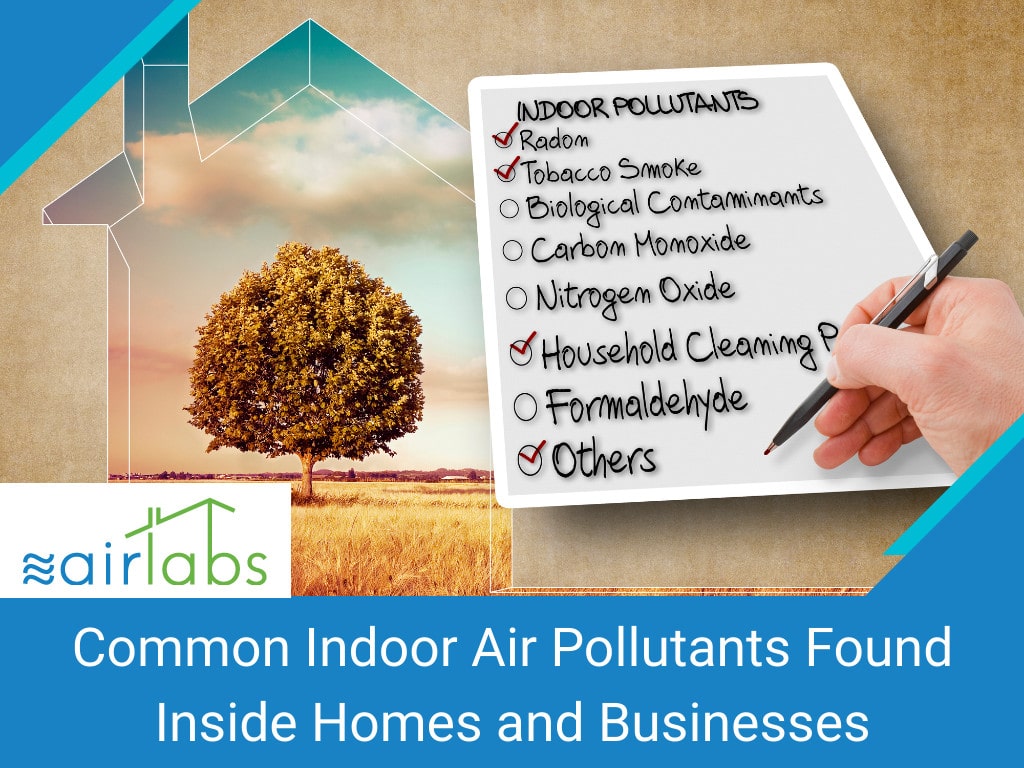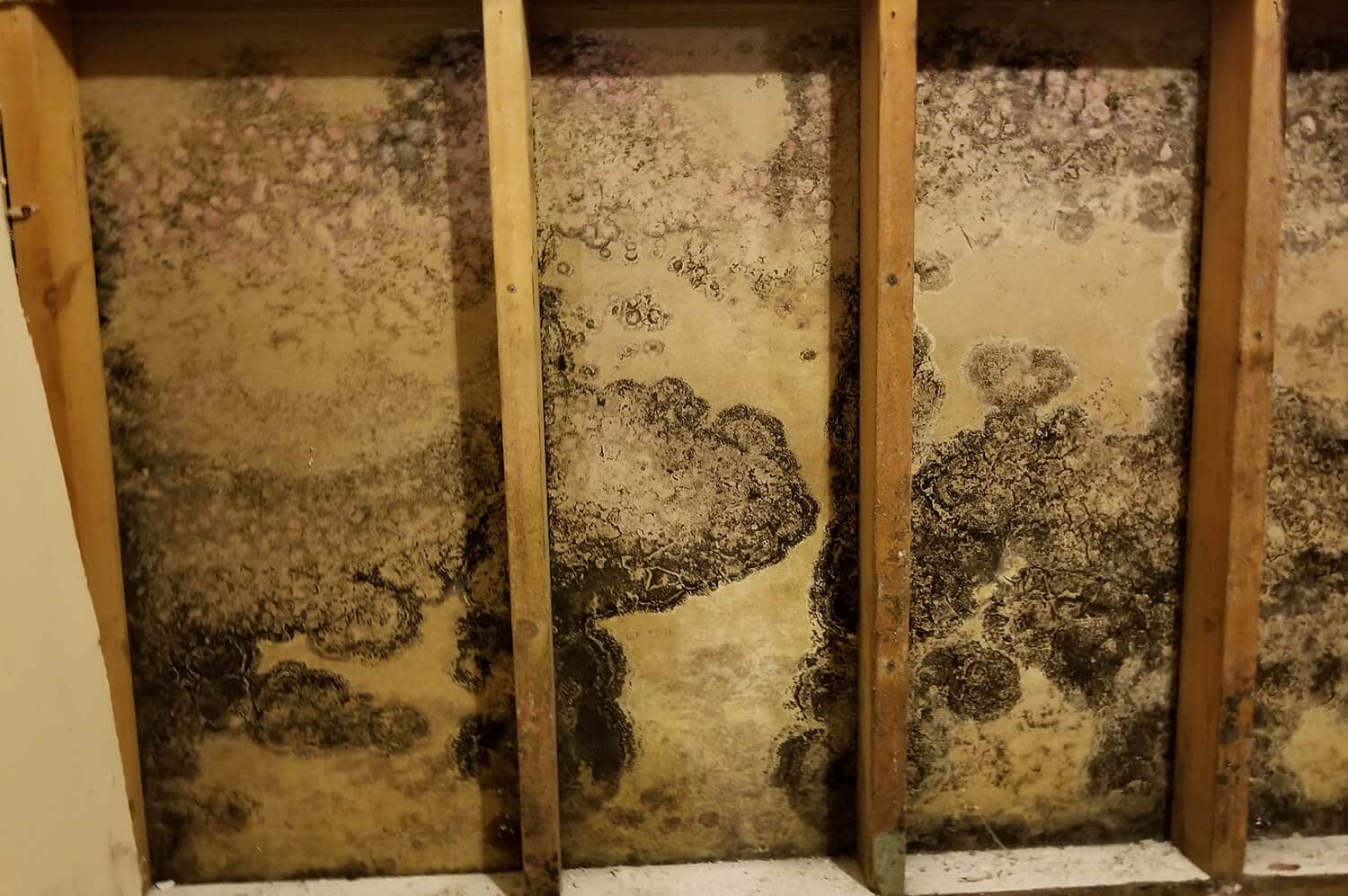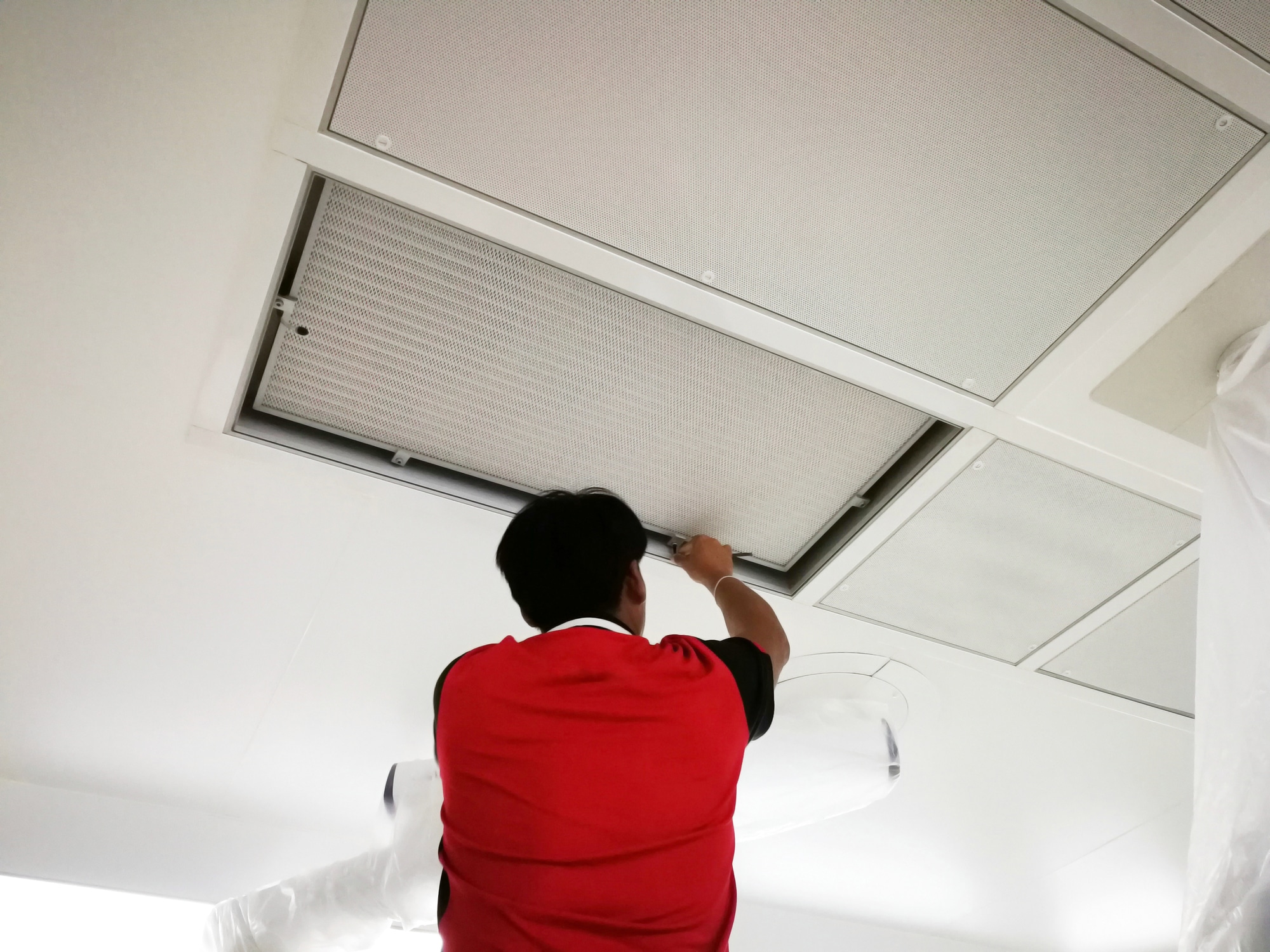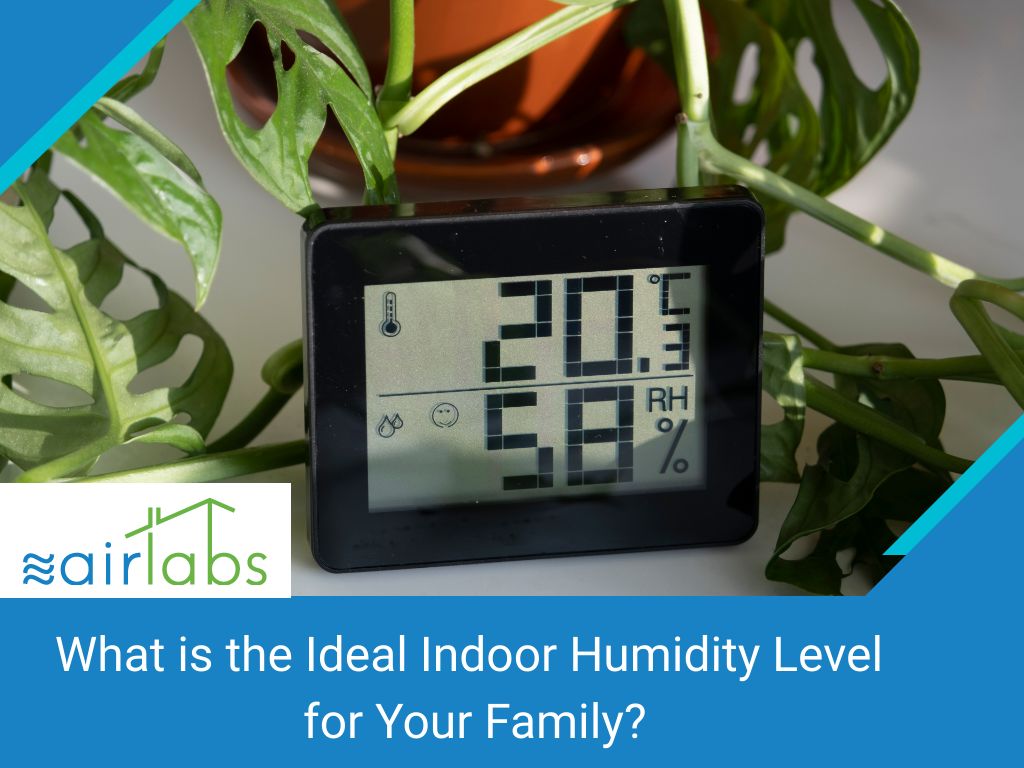Common Indoor Air Pollutants Found Inside Homes and Businesses
Share this Article

Most of us assume that the air in our home or workspace is clean, so long as it doesn’t have a strange odor. But this is not the case for most indoor spaces. Air quality testing results show that the air inside many homes and offices tend to be too contaminated – and even dangerous.
According to the Environmental Protection Agency, indoor air quality is two to five times more polluted than the air outdoors.
Most of us spend the majority of our time indoors. But you may not realize that the air quality we breathe inside our home or office can have a tremendous impact on your life. Indoor air pollutants can cause health symptoms such as prolonged congestion, respiratory issues, sneezing, coughing, sore throats, and stuffed noses. More dangerous contaminants can lead to long-term health complications, such as allergies, asthma attacks, and infections.
Additionally, the quality of the air you breathe has a direct impact on your energy levels and mental clarity. A medical study confirmed that people who worked in office buildings with low air quality standards were less productive!
The only way to truly determine the air’s cleanliness in your home or workplace is with professional air quality testing. Technicians will gather samples with superior air quality monitoring equipment to measure specific contaminants that can harm your health.
Here are some of the most common indoor air pollutants that may be lurking in your home or workplace.
Mold and Mildew

Mold is considered the most common indoor air contaminant – as about 70% of all homes contain mold. Particles of mold (known as spores) can become airborne and cause serious health issues if a person is exposed. Some of these health problems include:
- Congestion
- Allergies
- Asthma attacks
- Brain fog or lethargy
- Respiratory infections
- Trouble breathing
- Rashes
Mold grows best in environments with moisture, oxygen, and controlled warmer temperatures. Bathrooms and kitchens often make the perfect breeding grounds for mold growth, as well as HVAC systems, basements, and crawlspaces around leaky pipes.
If mold is detected in an air quality inspection, you should also schedule a mold inspection/testing to locate the source. It is essential to have this mold safely removed as quickly as possible – as it can quickly spread and cause permanent structural damage.
Asbestos
Asbestos was used in the past for insulation in many homes and commercial buildings. This material was outlawed in Canada in 2018, as it was found that exposure can cause mesothelioma, a type of cancer. But structures built before this time (especially before the 1970s) will likely have asbestos present within the walls.
If asbestos is contained, it will not cause any serious health concerns. Just because asbestos is present does not necessarily mean it is a risk. But if it is seeping into the air, it can be dangerous. Therefore, it is essential to check for this contaminant with an air quality inspection if it contains asbestos.
VOCs From Products
Volatile Organic Compounds (VOCs) are air contaminants emitted from certain chemicals. These vapors may escape from cleaning products (mostly industrial solutions), varnishes, paints, or pesticides. These VOCs can contain dangerous compounds, such as:
- Benzene
- Ethylene glycol
- Formaldehyde
- Methylene chloride
Certain combinations or concentrations of these VOCs can impact air quality, making the air more difficult to breathe. It may make people feel lightheaded or nauseous, and it could cause allergic reactions.
If these compounds are detected in an air quality inspection, the VOC source should be sealed or removed. Activated carbon can be placed throughout the building to absorb any remaining vapors until the air quality improves. The area should also be well-ventilated to usher in clean air and dilute VOC presence.
Carbon Monoxide

Carbon monoxide (CO) is commonly emitted from gas space heaters, furnaces, water heaters, engine exhaust, generators, and even tobacco smoke. Houses and buildings with poor ventilation and gas-powered heating systems may have higher levels of CO.
Testing for VOC’s
Most homes and buildings are equipped with CO detectors, which will alert if levels are dangerously high. However, these alarms may not measure small amounts of CO.
Air inspection testing uses exceptional infrared radiation absorption and electrochemical instruments to detect even trace amounts of CO. If these levels are under the approved threshold limit value, it will not cause any damage. However, it is essential to monitor these levels closely.
Radon
Although radon sounds like something that should be glowing in a dark lab, it’s a naturally occurring radioactive gas. This gas is a combination of uranium, thorium, and radium, which breaks down rocks, soil, and groundwater. Radon may enter a building through cracks or openings in the foundation.
Radon is present in the soil worldwide, and limited amounts of exposure are not dangerous. However, if radon levels within a building are exceptionally high, it is a cause of great concern. Radon is a carcinogen that may cause lung cancer if it is in the air.
What Are the Solutions To Improve Indoor Air Quality?

Scheduling regular air quality inspections for your home or office building is the best way to ensure that these contaminants do not exceed approved levels. It is recommended that you have the air quality in your home tested every year or after any changes are made, such as renovations. You should have an air quality inspection if anyone begins to experience symptoms of low air quality.
If any of these contaminants are present, they should be professionally removed to eliminate exposure risk. You should also do your best to improve the air quality by improving ventilation, eliminating chemicals emitting vapors, and keeping up with maintenance for HVAC systems.
Conclusion
Air-Labs has helped thousands of home and business owners improve their lives by monitoring air quality through routine inspections. We utilize the latest technology for the most effective and precise measurements so you can know exactly how clean your building’s air is.
If you would like to schedule an air quality inspection, give Air-Labs a call.
We offer a free consultation to determine which type of testing is needed based on your circumstances or concerns.





